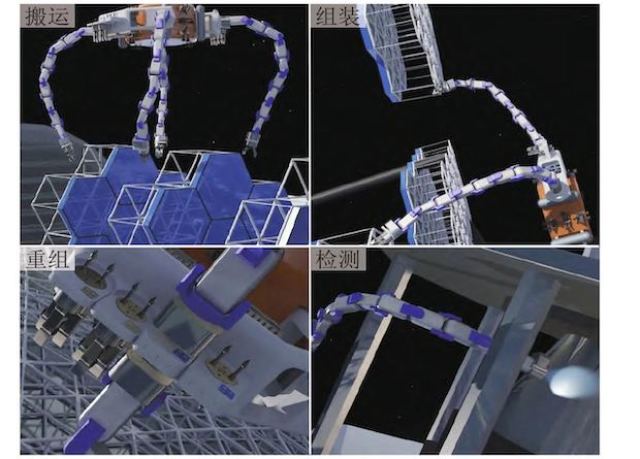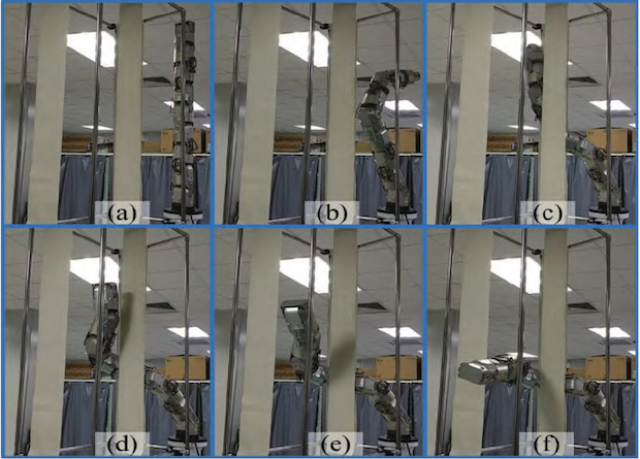Researchers from Changchun Institute of Optics, Precision Mechanics and Physics have developed a snake robot for repairs in orbit. According to the South China Morning Post, it consists of nine segments, each of which can generate a torque of 190 newton meters.
Snake robots, consisting of a large number of moving parts, have already been involved in the inspection of underwater structures, monitoring the condition of industrial structures, welding pipes from the inside and other tasks. They can move in a variety of conditions, but they have not yet been used in space.
Xu Zhenbang and his colleagues from Changchun Institute of Optics, Precision Mechanics and Physics have developed a snake robot for repairs in orbit. It is 1.5 meters long and consists of nine segments, each of which is a technically independent robot with motors, transmission, processor and high-precision sensors. A damaged or poorly functioning segment can simply be removed or replaced with a new one, so theoretically a robot snake can be in operation forever.
Segments can interact with each other, share energy and coordinate movements. Each of them can generate a torque of 190 newton meters. The joints between the segments twist and rotate, allowing the robot snake to crawl to the hard-to-reach corners of the space station or satellite. Several robotic snakes can work together as tentacles attached to a single platform to move large objects.

Image Source: Changchun Institute of Optics, Fine Mechanics and Physics / Chinese Academy of Sciences
The developers tested the robot snake on the ground. She explored unfamiliar territory, searched for crevices, penetrated into a narrow space and avoided obstacles, moving forward. The robot has good coordination. For example, he can write on the blackboard with chalk.
Before sending the robot snake into space, Xiu Zhenban and his colleagues are going to improve it. They will replace some of its components, in particular, made of metal alloys, with composite ones to reduce their weight.
Earlier we wrote about a robot that the US military was developing to repair and modernize military satellites in geostationary orbit. It was supposed to adjust the positions of solar panels, deploy jammed antennas, move satellites to other orbits, install payloads and change modules.
Vasilisa Chernyavtseva

